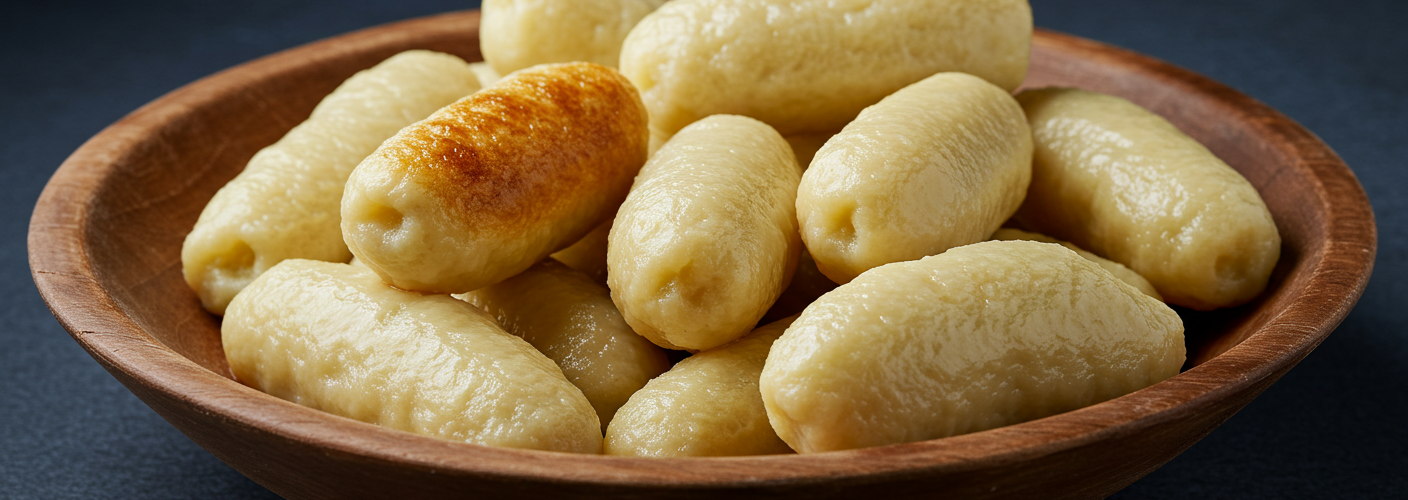When it comes to the rich tapestry of German cuisine, few dishes are as comforting and versatile as Schupfnudeln. Often described as a long potato dumpling, Schupfnudeln is a culinary gem that has its roots in the rustic kitchens of Germany, particularly in the southwestern regions. This dish not only satisfies the taste buds but also embodies tradition, simplicity, and the joy of home-cooked meals.
What Are Schupfnudeln?
At its core, Schupfnudeln is made primarily from boiled potatoes, flour, eggs, and salt. The unique texture is achieved by transforming the cooked potatoes into a dough that provides both a hearty bite and a lightness that sets them apart from other dumplings. Unlike traditional dumplings that are typically round and fluffy, Schupfnudeln is elongated, resembling small finger-like shapes. This shape allows for a delightful chew that pairs beautifully with various accompaniments.
Preparation and Ingredients
The preparation of Schupfnudeln may seem straightforward, but achieving the perfect consistency requires attention to detail. First, starchy potatoes are boiled until tender, then peeled and mashed while still warm. These mashed potatoes form the base of the dough. Next, flour and eggs are mixed in – the amount of flour may vary based on the moisture content of the potatoes. Once the dough comes together, it’s divided and rolled into long rolls before being cut into bite-sized pieces.
Traditionally, these dumplings are cooked in salted water until they float, indicating they are ready. After boiling, they can be sautéed in butter for a toasty finish, offering a satisfying crispy outer layer. It’s this combination of textures and flavors that makes Schupfnudeln so appealing.
Serving Suggestions
One of the great things about Schupfnudeln is its versatility. They can be served as a side dish or as a main course. One classic way to enjoy them is with a generous serving of sautéed cabbage, often seasoned with caraway seeds. This pairing complements the dumplings beautifully, providing a balance of sweetness and earthiness.
Another delightful option is to serve Schupfnudeln with a savory mushroom sauce, allowing the umami flavors of the mushrooms to seep into the potato dumplings. For a sweeter twist, they can also be topped with a sprinkle of sugar and served alongside a fruit compote for dessert. This versatility makes Schupfnudeln a suitable dish for any occasion, whether it’s a family dinner or a festive gathering.
Cultural Significance
In many German households, Schupfnudeln is more than just a dish—it represents tradition and family gatherings. It’s common for families to come together to prepare this beloved dumpling, passing down recipes through generations. Each family may have its own variation, adding personal touches that reflect their heritage and taste preferences.
Conclusion
Schupfnudeln is not only a dish to be savored but also a culinary experience that carries with it stories of family and tradition. Its simplicity, combined with its rich flavor and versatility, makes it a must-try for anyone interested in exploring the delicious world of German cuisine. So the next time you have the chance, consider taking a journey into the heart of Germany’s culinary tradition and enjoy the delightful experience of Schupfnudeln.




Add comment